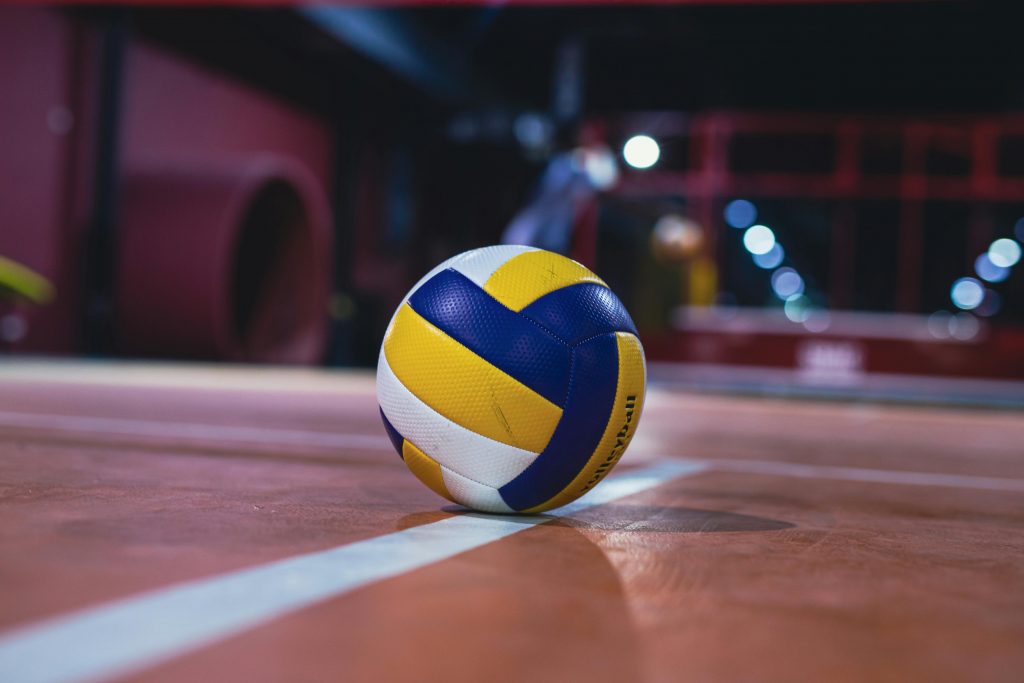Professional volleyball has undergone a quiet revolution over the past decade. What once relied heavily on coach intuition and basic statistics now embraces sophisticated data analysis, motion tracking, and predictive modeling. Teams that seemed evenly matched five years ago now show dramatic performance gaps, often because one organization invested in analytical tools while another stuck with traditional methods. The shift parallels what’s happened across competitive industries – whether it’s financial markets, entertainment platforms like Arabtopcasino.com, or professional sports, success increasingly depends on making smart decisions based on real data rather than hunches. But volleyball’s analytical revolution goes deeper than just crunching more statistics. Teams are completely rethinking their approach to player development, tactical preparation, and competitive strategy.

Video Analysis Revolution: Beyond Basic Replay
Modern volleyball analysis goes far beyond watching game footage and taking notes. Advanced video systems now track ball trajectory, player positioning, and movement patterns with incredible precision. Coaches can isolate specific scenarios – like how a team performs when trailing by three points in the fourth set – and study dozens of similar situations across multiple matches.
The sophistication of these systems has reached remarkable levels. Software can automatically identify successful attack patterns, defensive rotations that consistently break down, and serving zones that produce the highest error rates from opponents. What previously required hours of manual review now happens in minutes, freeing coaches to focus on strategy development rather than data collection.
Player development has benefited enormously from this technological leap. Individual analysis shows exactly where players lose efficiency in their approach jumps, how their hand positioning affects spike accuracy, and which defensive positions they struggle to reach consistently. Young players can see visual proof of their improvement over time, while veterans can identify subtle technique changes that might be affecting their performance.
Statistical Modeling: Predicting Success Patterns
Advanced statistics have transformed how teams evaluate both their own performance and opponent tendencies. Traditional volleyball statistics like hitting percentage and blocks per set provide basic information, but modern analytics dig much deeper into situational performance and efficiency metrics.
Serve-receive analysis now incorporates court zones, server tendencies, and passer effectiveness ratings that account for set quality rather than just successful reception. Teams can identify which servers consistently disrupt opponent offensive systems and which receivers struggle under pressure. This information directly influences serving strategies and lineup decisions.
Karch Kiraly’s coaching style with the US Women’s National Team showcases how elite programs blend advanced statistical analysis with time-honored coaching expertise. His teams use data to identify opponent weaknesses while maintaining focus on fundamental skill execution and team chemistry.
Motion Capture and Biomechanical Analysis
High-speed cameras and motion capture technology now provide detailed biomechanical analysis of volleyball techniques.Coaches can analyze spike approaches frame by frame, pinpointing movement inefficiencies that diminish power or elevate the risk of injury.This level of analysis was previously available only to elite athletes with access to university research facilities.
Serving mechanics benefit tremendously from this technology. Players can see exactly how their body position affects ball trajectory and spin rate. Minor adjustments in toss height or contact point, guided by biomechanical analysis, can dramatically improve serving effectiveness and consistency.
The injury prevention applications are equally valuable. Motion analysis can identify movement patterns that place excessive stress on joints or create imbalances that lead to overuse injuries. Players can modify their techniques before problems develop, extending careers and reducing time lost to rehabilitation.
Training load management has evolved beyond simple practice time monitoring. Modern systems track movement quality, not just quantity. A player might complete the same number of jumps in two different sessions, but biomechanical analysis reveals that fatigue in the second session led to poor landing mechanics that increase injury risk.
Integration Challenges and Future Developments
Even with all this tech, getting it right means juggling numbers and old-school gut feelings. When teams lean too much on the stats, they forget simple volleyball basics or miss out on mental game pieces that never pop up in any chart.
The best programs use tech to help, not take over, human choices. Skilled coaches mix data with their feel for single player moods, team bonds, and game mindsets. Tech gives key facts, but coach smarts pick the right way to use that info.
Data visualization is essential in rendering complex analysis consumable by players and coaching staff. In plain words, raw numbers do not mean much until there is clear presentation pointing out the actionable insight which has to be undertaken. The quality of analytical programs lies in how well they focus on presenting information that directly supports training decisions and performance improvement.
The pro volleyball game keeps getting better as tech gets more advanced and cheaper. Groups that use these study tools while keeping an eye on basic skills and player bond are likely to rule in future matches, while those who fight against tech join-in may end up on the losing side more and more.